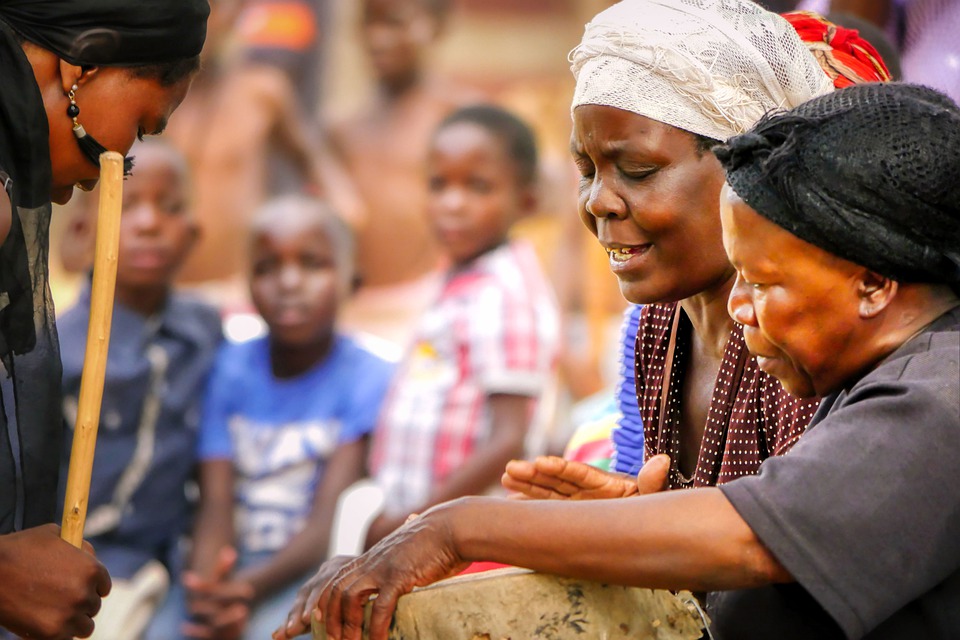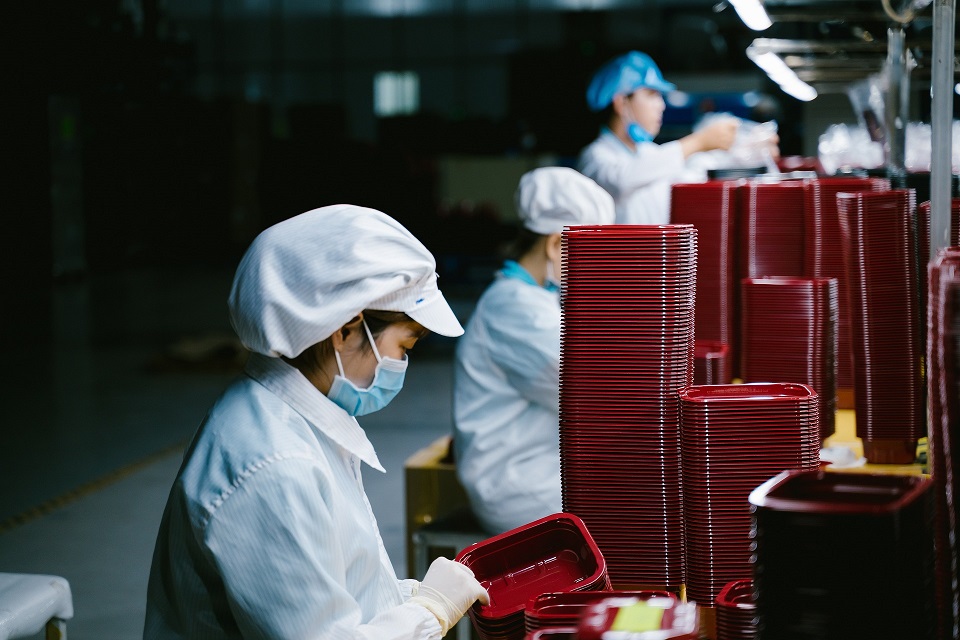Modern-day slave labour exists throughout the country, with no region, state or economic sector exempt.
 Osvaldo Cardosa
Osvaldo Cardosa
These are the words of the attorney general for labour, José de Lima Pereira. According to experts, slave labour causes irreparable damage to those who fall victim to this violation, as their exhausting working days generally involve immense physical effort and lack regular breaks.
Many victims spend their lives suffering in precarious and even unsanitary housing, causing them to develop physical trauma, injuries and serious diseases. Not to mention losing their individual freedom and being subjected to deplorable situations that completely alienate the worker from their family, the outside world and even their own identity, triggering serious mental health problems.
This scourge affects thousands of people in Brazil, and has dominated the front pages since the end of February, when the rescue was reported of 207 workers in servitude harvesting grapes in the town of Bento Gonçalves in Río Grande do Sul state, which borders Argentina and Uruguay.
 “Brazil is an unequal country. Unfortunately, this is nothing new. It was forged with violence by the Europeans after its so-called discovery, when the Portuguese tried, unsuccessfully, to exploit and enslave the traditional peoples who lived in this huge nation,” lawyer and Master of Criminal Law and Criminology Carmen Diniz told Prensa Latina.
“Brazil is an unequal country. Unfortunately, this is nothing new. It was forged with violence by the Europeans after its so-called discovery, when the Portuguese tried, unsuccessfully, to exploit and enslave the traditional peoples who lived in this huge nation,” lawyer and Master of Criminal Law and Criminology Carmen Diniz told Prensa Latina.
The indigenous peoples could not understand why they were forced to work incessantly as, for them, life did not require accumulation, she said.
This being the case, she continued, “global demand and modes of production turned towards the African continent for ‘piezas’ (as they called enslaved people uprooted from Africa and taken to the Americas). Thus, Brazil became the largest recipient of enslaved people in that period.”
According to reports, the workers harvesting grapes were co-opted by labour recruiters, known as “gatos”, in Bahía, the capital of the northern state of Salvador, and brought to work in Bento Gonçalves.
 One of those rescued recounted that they “did not receive a wage but loans with high interest rates, and had their freedom and movement restricted, as well as suffering physical attacks.”
One of those rescued recounted that they “did not receive a wage but loans with high interest rates, and had their freedom and movement restricted, as well as suffering physical attacks.”
Contrary to what we might expect, the case, which involved big companies like Aurora, Garibaldi and Salton, did not attract unanimous criticism.
In the face of such regular and shocking acts, inspector Mauricio Krepsky stressed the need to increase staff at the Inspection Division for the Eradication of Slave Labour, which he leads.
According to Krepsky, the profile of the people rescued from these conditions remains almost constant year on year: approximately 90% are black men with low levels of schooling. He recalled a landmark case of modern slavery in Brazil, at the end of 2020.
Magdalena Gordiano was rescued in the south-eastern state of Mina Gerais, having been forced to work as a maid for a family from the age of 8 to 46. In 2021, 31 women were rescued from very similar circumstances.
Around 250 employers a year are caught using slave labour – almost one every working day.
 Such cases generally occur in rural areas of municipalities where mineral extraction and agricultural activity take place.
Such cases generally occur in rural areas of municipalities where mineral extraction and agricultural activity take place.
In the last few days, the attorney general for labour, José de Lima Pereira, reported that 918 people were rescued from degrading working conditions between January and 20 March, the highest first-quarter figure in the last 15 years.
The majority of cases occurred in Rio Grande do Sul and Goiás, but de Lima Pereira says the problem is widespread.
From 1995, when special mobile inspection groups were established, to 2022, more than 60,000 people were rescued from slave labour. PL
(Translated by Rebecca Ndhlovu) – Photos: Pixabay












.jpg)












